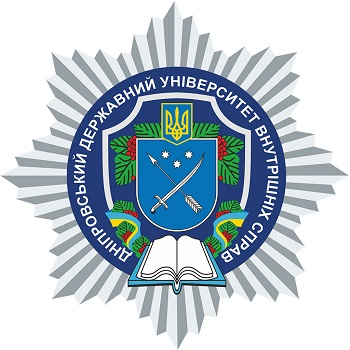TECHNICAL AND FORENSIC EXAMINATION OF DOCUMENTS IN INVESTIGATIONS OF FRAUDS
Keywords:
technical and forensic examination of documents, fraud investigations, handwriting, signature, studied objectsAbstract
The article deals with problematic issues which arise when assigning a of technical and forensic examination of documents. Technical and forensic examination of documents include reaserch of the materials of the documents and details of the documents. In investigation of fraud, both groups are used. Scientific and technological progress promotes application of more sophisticated methods of documents falsification. Earlier in order to forge a document by inserting certain parts of other documents were glued in and then particular parts were “improved” by making classical changes such as erasure,adscript, drawing, removal by chemical action, flushing. Identifying such signs of falsification was simple. However, with the advent of copying machines the abovementioned method of falsification applied to create transitional document, which is further used for copying electrophotographically. Another option, used by fraudsters is scanning of the original document with subsequent computer editing and printing on ink-jet or laser printer. Major challenges, connected with this method involve usage of various computer programs such as «Fotoshop» which allow make changes to the document without traces of such changes. In the expertise practices, problematic issues include research of seals and stamps. The latest technologies allow usage of userfriendly equipment for manufacture of seals and stamps cliches with modern means, which fraudsters use in their criminal activity. This negatively affects on expert’s work and increases the level of crime, including commission of fraud. Elaboration of forged documents by such means requires certain material costs. The higher future possible profits the more time and money fraudsters spend on falsification and the better quality is the forgery. Often, criminals use simple publicly shared methods. Among them such as: drawing of seal on document, drawing on cliché with further transferring on document, wet copying, application, transferring of imprint from original document to the forged document with different types of cliché, using of flat or letter printing forms, using copying machines. Situation is getting difficult when for comprehensive expertise (handwriting, technical and forensic expertise) instead of originals of documents with signatures and short handwritten records copies presented for studying. Initially the issue regarding editing have to be resolved. During comprehensive expertise special attention paid to the sequence of application of strokes (signatures, stamps, drawing lines, printed text, etc).
References
1. Інструкція про призначення та проведення судових експертиз, затверджена наказом Міністерства юстиції України № 53/5 від 08.10.1998 р.
2. Криміналістичне документознавство : практ. посібник / В.В. Бірюков, В.В. Коваленко, Т.П. Бірюкова, К.М. Ковальов ; за заг. ред. В.В. Бірюкова. – К., 2007.
3. Методика технічної експертизи документів (загальна частина) / ДНДЕКЦ МВС України. – К., 2007.
4. Про визнання таким, що втратив чинність, наказ МВС від 11.01.99 № 17 : наказ МВС № 5 від 11.01.2011 р.
5. Шепитько В.Ю. Криминалистика : курс лекций / В.Ю. Шепитько. – 2-е изд., перераб. и доп. – X., 2005.
6. Шляхов А.Р. Судебная экспертиза: организация и проведение / А.Р. Шляхов. – М., 1979.

